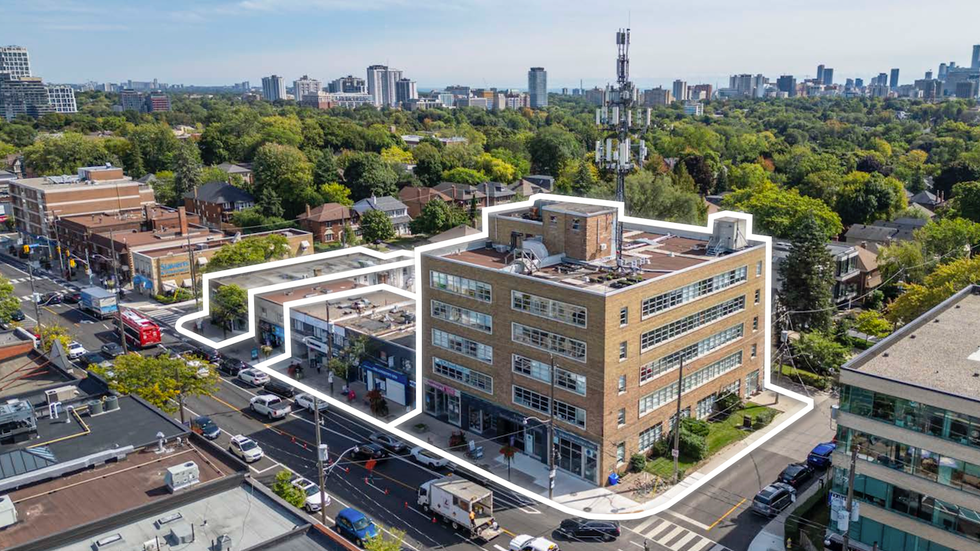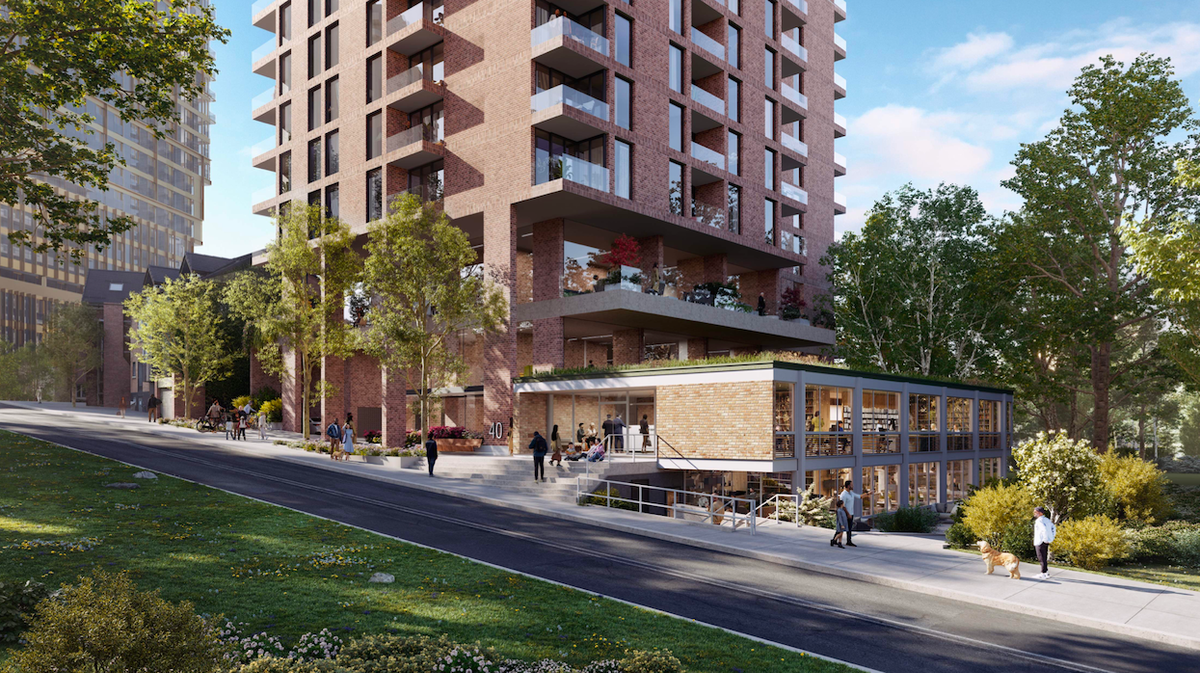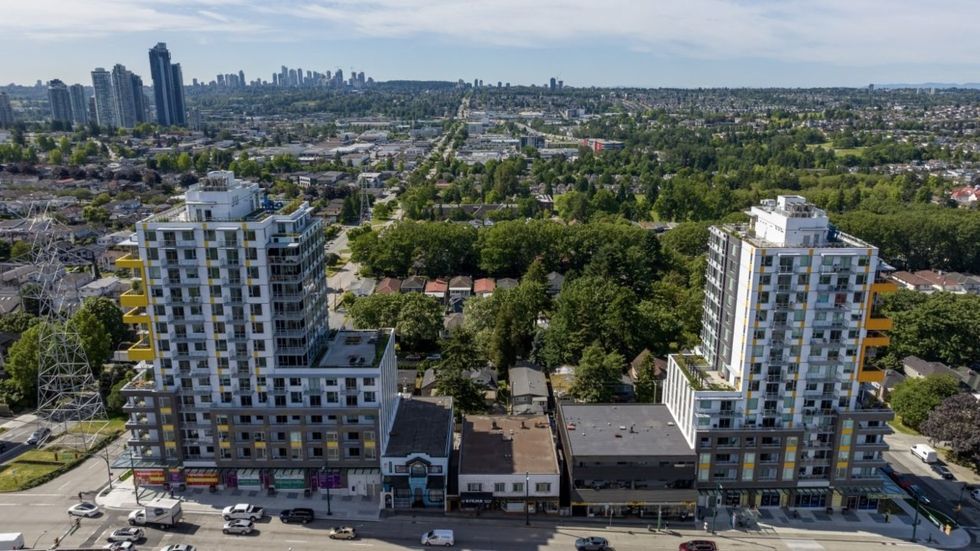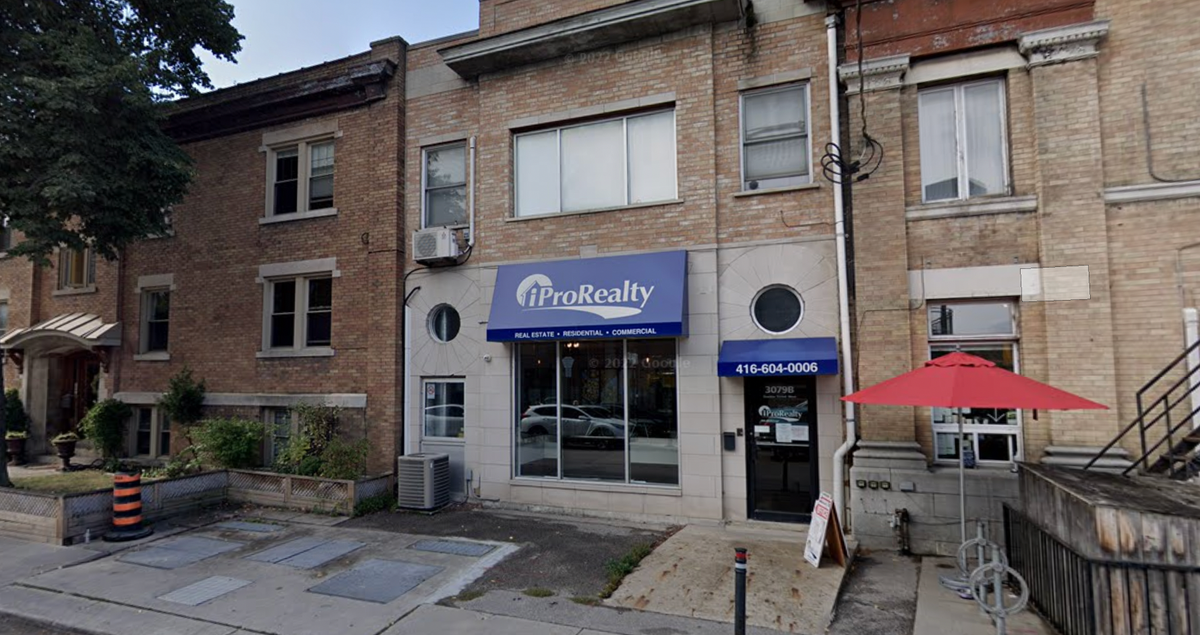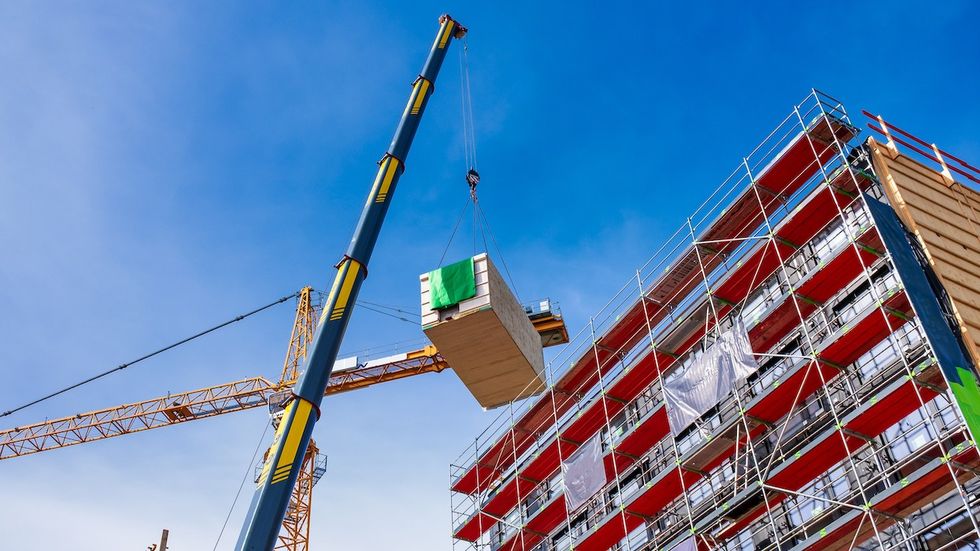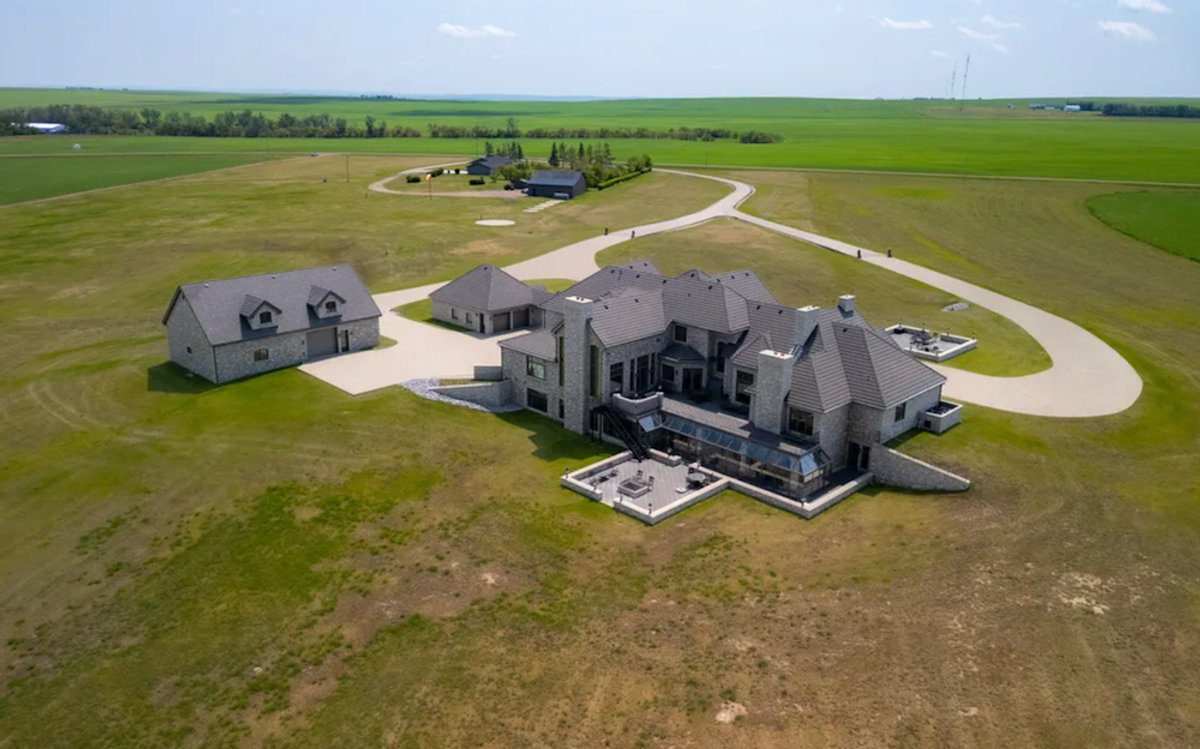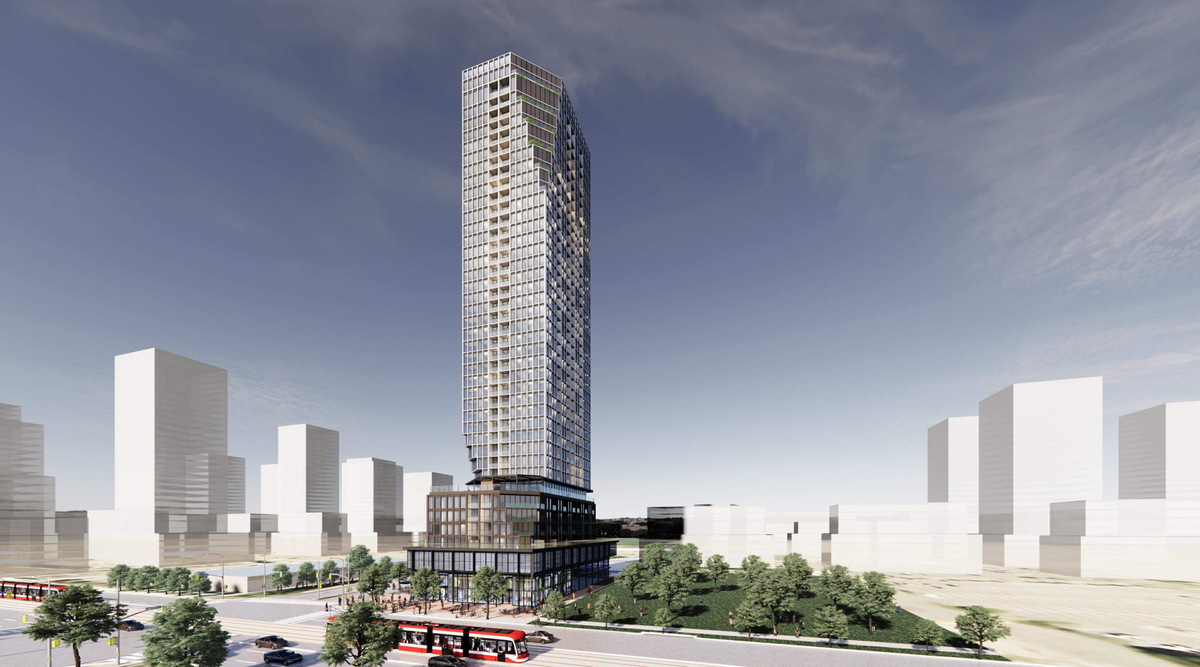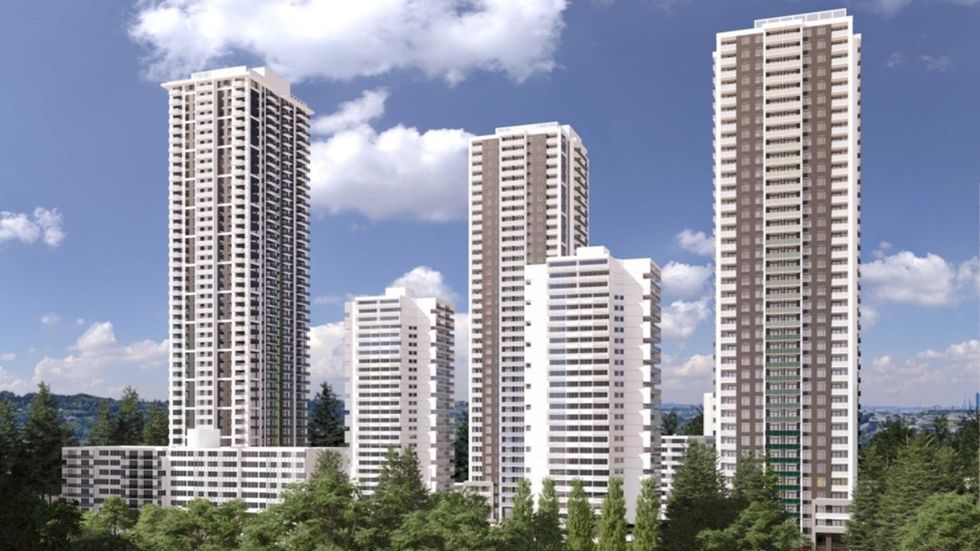This article was written and submitted by Antonio Niro, CFO at The Rose Corporation.
Each year the Crane Index Report from Rider Levett Bucknall is circulated and without fail Toronto is at the top, “winning” by an incredibly wide margin. The report acts as a high-rise construction barometer. The issue is this tool is being used to incorrectly draw conclusions about the construction industry.
Measuring the health of a city’s real estate industry using the number of cranes up is akin to measuring a person’s health based on the number of shoes they own.
The number of cranes up is correlated to the number of towers being built, not total housing. Worse, assuming all units are created equal is a mistake.
Cranes deliver small housing units with limited outdoor space and very few bedrooms. Cranes rarely deliver livable units that can accommodate the space a growing family needs or wants. Further, cranes and high-rise construction are far more expensive per square foot than low rise, which is a waste of resources. We are spending more to get less. Toronto’s all-in costs to deliver high-rise units are in the ballpark of $1,000 per square foot. A house can be built for less than half that amount within commuting distance of the city and includes parking, a garage, a porch, a yard, and a basement (which doesn’t count towards the square footage). The only time it makes sense to build high rise is in tight urban settings with limited space for growth. High rise is a luxury product that we are forcing on the most financially challenged members of society. We could similarly require everyone with a license to drive $100K SUVs.
In decades past, the “units” delivered were houses (detached, semi-detached, and town houses) with 3-4 bedrooms, multiple washrooms, driveways, garages, backyards, and space for young families to grow in place.
Ground related housing, or low-rise housing tends to deliver larger livable units. The crane index report compares Toronto to cities that are constructing detached homes for the same price as a small 1–2-bedroom condo in Toronto. You can’t build towers in those markets because rents, on a relative basis, are too low to support high-rise construction costs.
Other factors impact the number of cranes erected including population growth, rental vs ownership figures, urban boundaries, transit and road infrastructure, development charges, and more. For example, median household income in both Ottawa and Calgary are greater than in Toronto. According to CREA, the average detached house costs $790K and $705K in Ottawa and Calgary respectively, vs $1.25 million in Toronto. However, the average house in two markets can be very different. Below are images of a $705K detached home in Ottawa and a $800K detached home in Calgary. This is not the median home you find in Toronto.
Canada doesn’t have a land problem, but we behave as if we do. It would benefit us to focus on building transit to move people efficiently instead of pretending to be land constrained. It seems that the city is suffering from a transit illness with housing shortage being a symptom. We need to stop treating the symptom.
The number of cranes in Toronto is a function of financing and investor speculation. If a developer can sell the right percentage of units in a building, lenders can provide a loan to construct the condo. The units delivered are sold in large part to investors that will never live in the unit, and therefore there is a detachment between the developers and end users. The housing spectrum is two extremes with a hallow middle: own a detached home or rent a small condo. There are very few options in between. Instead of counting cranes, it would be wise to start counting the number of units delivered, the number of bedrooms delivered, and total area delivered. The health of the construction industry shouldn’t be measured by how many front doors are delivered, but rather all the things behind the front door that make it a home.



